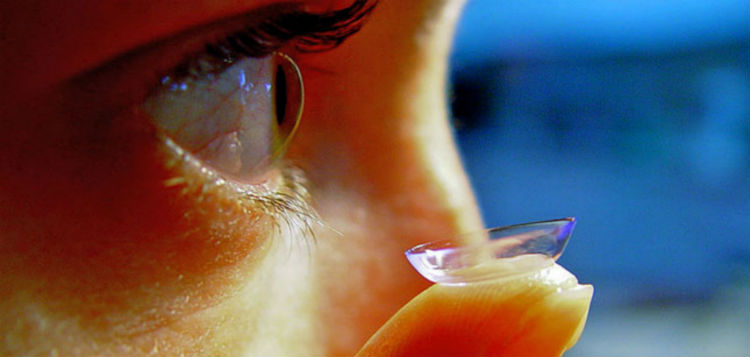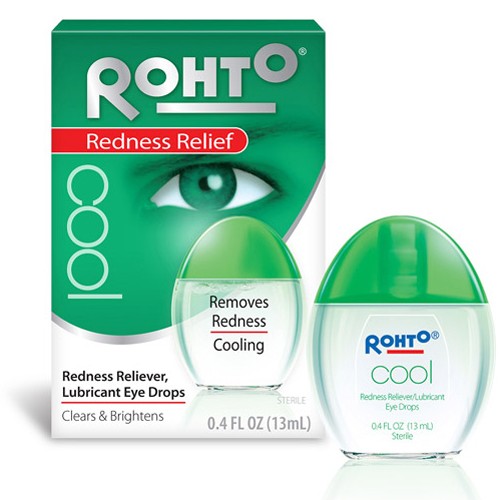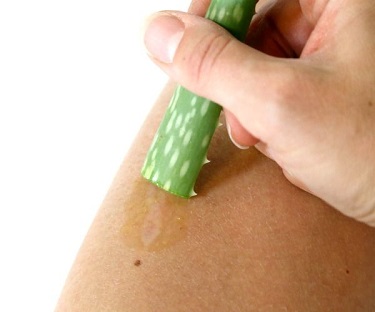Top 5 Causes of Red Eyes
Published:Have you ever woken up in the morning feeling extra tired, wandered to your bathroom, taken a quick peek in the mirror at yourself, and noticed that your eyes are half-closed and bloodshot red? Of course, we all have! Red eyes are an unfortunate guarantee in this life, and there are literally dozens of potential causes, ranging from viruses, bacterias, eye injuries, allergies, interaction with smoke, and more. Regardless of the cause of the irritation, the underlying redness effect likely stems from dilated or swollen blood vessels on the white outer surface of the eye, clinically known as the “sclera.”
More often than not, red eyes are more of just a nuisance than a real health threat, and potential itching, puffiness, and redness can frequently be alleviated with a good brand of redness relief eye drops.
Below, we will discuss 5 of the most common causes of red eyes, which affect millions of people around the world everyday.
Causes of Red Eyes - Table of Contents
Pink Eye
Pink eye, also known as Conjunctivitis, is an infection of the conjunctiva, the thin membrane that covers the outer surface of the eye and lines the eyelids. The visible redness you see occurs due to the vasodilation of blood vessels in the affected eye. It is particularly common among children, and due to its extreme contagiousness, it is advised that a child with pink eye stay home for a couple days to minimize the likelihood of the infection spreading to other kids. In the majority of cases, pink eye goes away on its own after approximately 2-5 days without any medical intervention; however, some more severe bacterial cases may require the use of antibiotics.
Pink eye affects between 3 to 6 million people each year in the United States alone. The most common cause of pink eye is the improper washing of hands, which leaves pathogens on the hands, which can transfer into the eye if the person should rub or wipe his/her eyes with the unwashed hands.
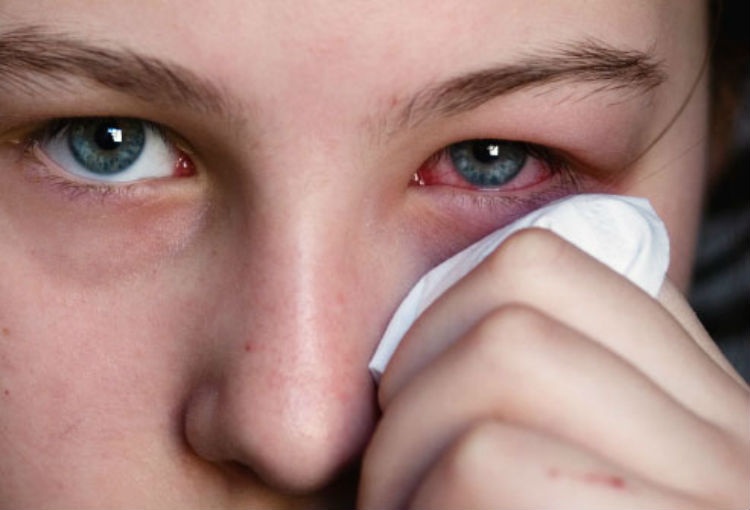
Allergies
Allergies are a total pain, are relatively common, affecting approximately 1 in 5 people in the developed world, and their prevalence in humans is actually increasing over time!
One of the most common symptoms of allergies, after runny nose, is red, itchy, irritated eyes, caused by the release of histamine, which your body releases in the presence of an allergen in an attempt to fight it off. The unfortunate result of this histamine release is that it causes ocular blood vessels to swell, which not only can cause redness, but also itchiness and watering.
Antihistamine eye drops and other allergy medications can go a long way to help eliminate the redness and irritation caused by allergic reactions.
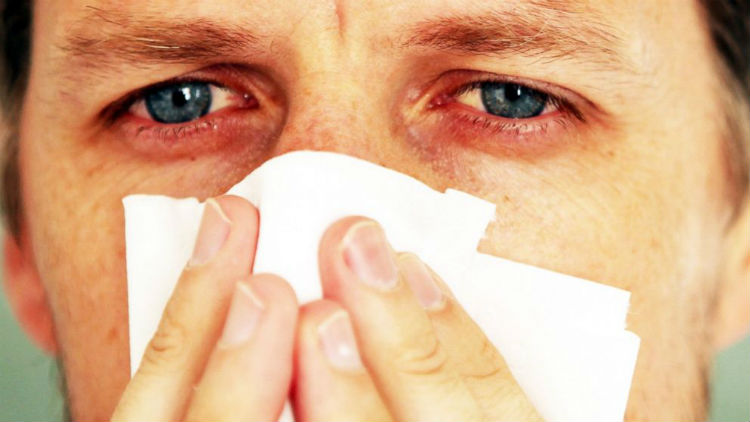
Smoking/Drinking
Whether you get your fix from cigarettes, marijuana, or alcohol, your eyes are definitely experiencing some punishment from the interaction.
Cigarettes can negatively impact your eyes in multiple ways-- not only is the tobacco smoke from the cigarette a toxic eye irritant, triggering dryness, redness, and itchiness, but smoking can greatly increase your risk of age-related macular degeneration, uveitis, and even cataracts.
The active chemical compound in marijuana, abbreviated as THC, is another notorious eye reddener. If you haven’t experienced it yourself, you’ve certainly seen stoned individuals depicted in pop culture, and, invariably, they seem to have severely bloodshot, half-closed eyes. THC significantly dilates the eye’s blood vessels, which can last for hours at a time.
Lastly, heavy drinking can also generate eye redness. Unlike tobacco and marijuana, the creation of eye redness related to alcohol stems from a reduction in oxygen to your red blood cells, which, in turn, causes the clumping together of blood vessels in your eyes, which presents as eye redness.
A State of Sight: Potential Causes of Red Eyes (Opens in a new tab)
Lack of Sleep
Sleep plays a vital role in the health and well-being of your eyes (among other things), because every time you sleep, your eyes receive hours of continuous lubrication while your eyelids are closed, but the longer you remain awake, the drier your eyes will continue to become, as they remain in contact with dry air.
As your eyes get drier and drier the tiny blood vessels in your eye dilate in an attempt to get more oxygen to the cornea, as well as other eye surfaces. If you aren’t able to get to bed soon and sleep it off, lubricating eye drops can take care of the irritation temporarily. What we do not recommend is the rubbing of your tired eyes, which will only irritate your eye's blood vessels more, increasing the redness factor.

Contact Lenses
Eye redness attributable to contact lenses can be caused by several possible problems. Of minimal concern is the fact that contacts can worsen eye dryness, as they can obstruct oxygen from reaching your eyes. This issue can be easily rectified with lubricating eye drops.
Alternatively, and much more seriously, eye redness stemming from contact use (especially if it is coupled with eye pain, colored discharges, or swelling) could be a sign of an infection, potentially being caused by virus, bacteria, or fungus, any of which can live on a contact lens if it is not properly stored and disinfected.
You can limit your exposure to potentially harmful microbes by diligently cleaning your contacts after each use, or investing in daily disposable lenses. If you believe you do have an eye infection stemming from unclean contacts, removes the lenses immediately and seek medical treatment.
